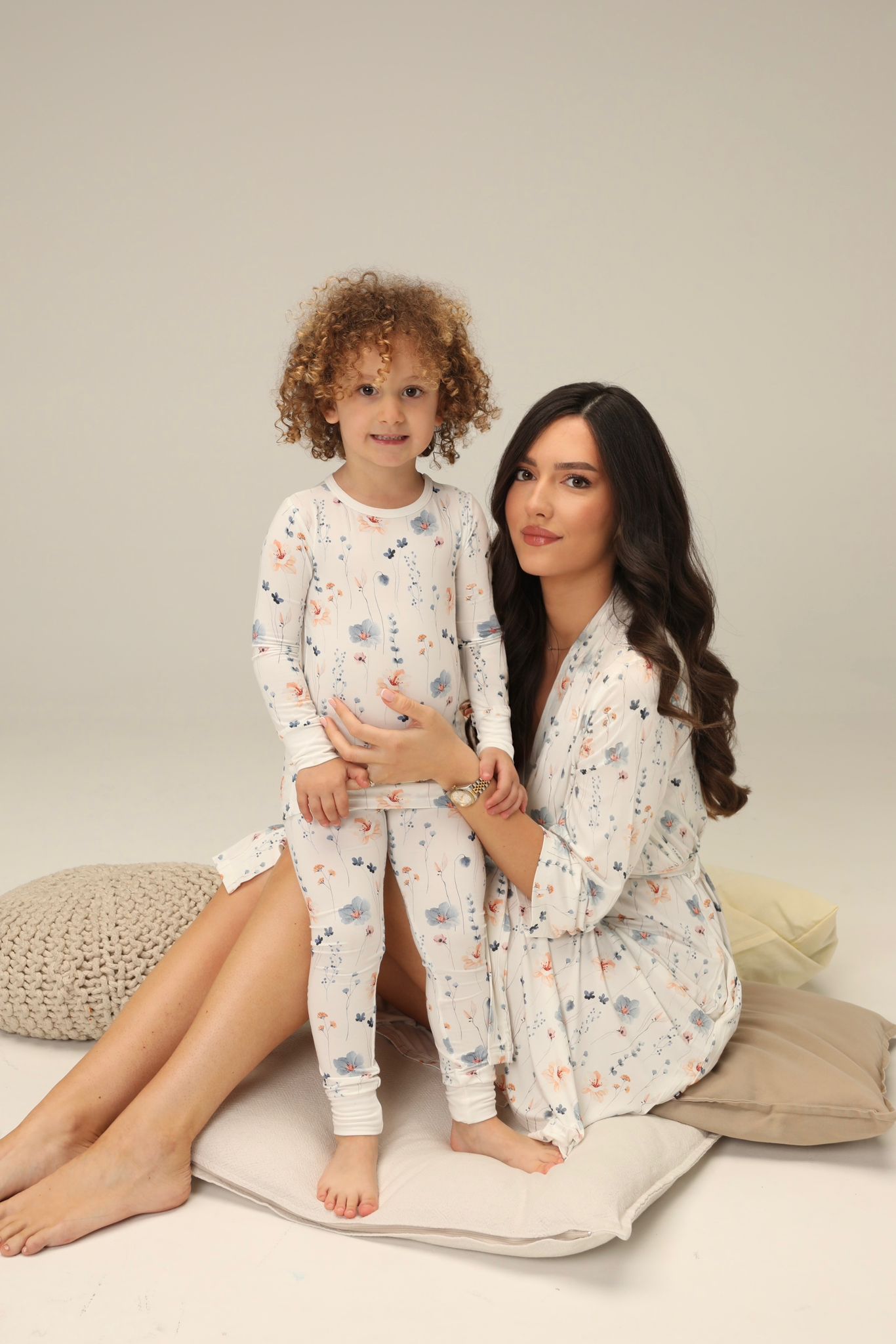While swaddling helps infants calm down and sleep better in the first few months. American Academy of Pediatrics (AAP) advises to stop swaddling as soon as the baby shows signs of attempting to roll over, which typically happens between 2 and 4 months of age.
Rolling over is a developmental milestone which happens when infant has enough strength in their neck and upper body. Ultimately it progresses to sitting, crawling, and walking. Early signs that baby is ready to roll over include:
- rocking side to side while on their tummy or back,
- lifting their head during tummy time,
- lifting their chest,
- arching their back.
Keep in mind that each infant develops at their own pace. There are also those who roll straight over, so pay close attention to your baby’s movements to catch early signs of learning to roll over.
As your baby grows and develops their motor skills, they may begin to break out of the blanket. A loose blanket in baby’s crib is a sleep hazard and it is critical to stop wrapping your newborn immediately.
Fortunately, the versatility of a swaddle blanket means it can still be used in various ways, such as a stroller cover, a surface for diaper changes, or even as a towel, ensuring its usefulness continues beyond swaddling.




